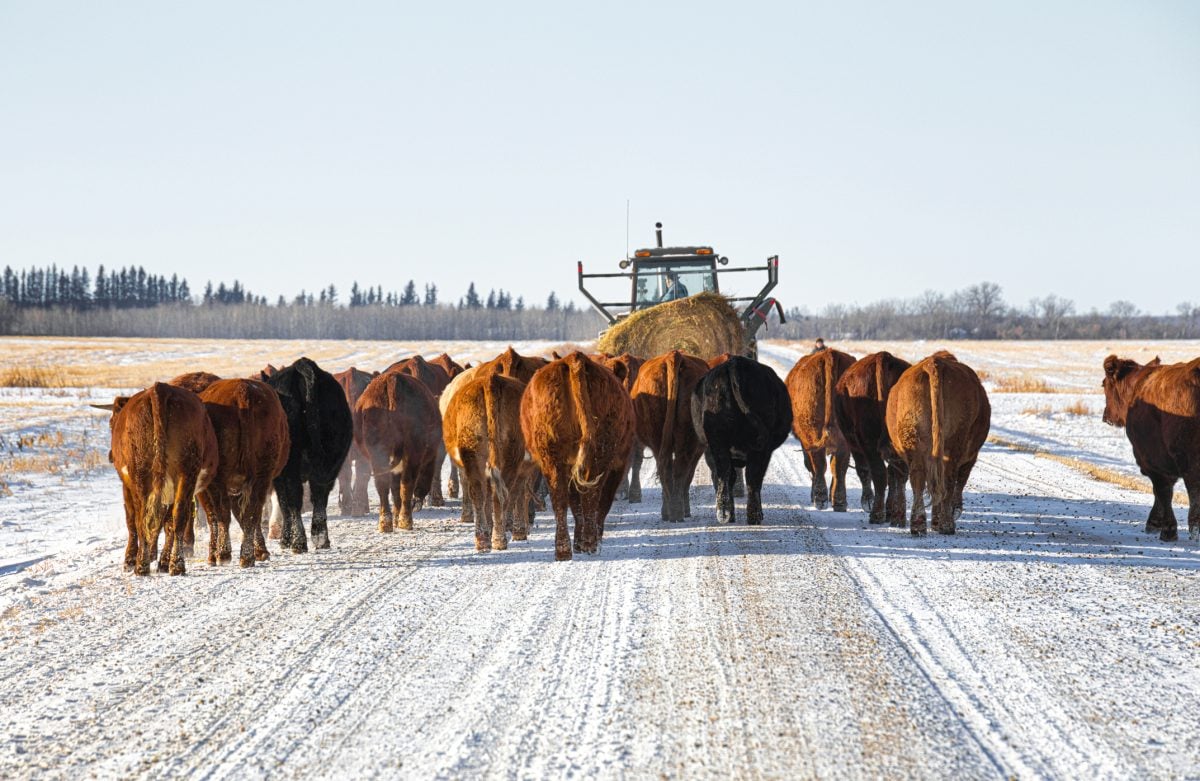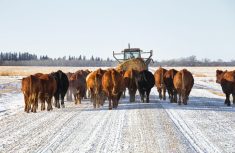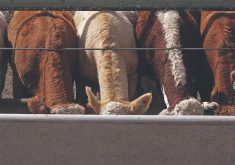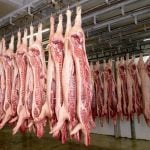Western Canadian feeder cattle prices were steady to $2 lower last week. Lighter-weight grass cattle held up fairly well, with heavier replacements moving in line with the slaughter market.
Alberta fed steers were $2 lower trading at the $100 per hundredweight (cwt) level, down $16/cwt from the highs in early April. Feeder steers weighing 620 pounds sold around in the range of $134-$135/cwt in central Alberta while 900-pound cattle traded at $122/cwt, solidly $2 lower than last week.
The Canadian market was led lower by weak U.S. prices. Cattle-on-feed numbers were 10 per cent higher on the May 20 report, which caused the U.S. feeder market to trade $6-$8/cwt lower and in some cases down as much as $10/cwt.
Read Also

Klassen: Feeder market sees wide price range
For the week ending December 13, Western Canadian feeder cattle markets traded $10 higher to $10 lower compared to seven…
Nature is taking a toll on the feeder cattle market. Alberta feedlots had to contend with three major cold spells since February followed by a slow spring melt and ongoing rains. Cattle rates of gain are down sharply from normal conditions.
In addition to the lower live cattle futures, feedyard managers are factoring in lower efficiencies when purchasing replacement cattle. The U.S. Midwest and southern Plains are also contending with a record number of tornadoes and a series of spring storms. U.S. feedlot margins are now struggling in red ink and some of the equity made this past winter will likely erode through the summer.
Corn futures are back near historical highs and cash barley prices are percolating higher. We could see a larger region of land go unseeded in eastern Saskatchewan and southwestern Manitoba, which could cause barley prices to increase sharply. The feeder cattle market has some tough weeks ahead. Consumer beef demand has waned, market-ready cattle supplies are growing and this feedgrain rally is not over.
— Jerry Klassen is a commodity market analyst in Winnipeg and maintains an interest in the family feedlot in southern Alberta. He writes an in-depth biweekly commentary, Canadian Feedlot and Cattle Market Analysis, for feedlot operators in Canada. He can be reached by email at [email protected] or at 204-287-8268 for questions or comments.














